Ever felt like you had a secret admirer, only to turn and spot your cat quietly tailing you from across the room? There’s something mysterious, almost magical, about those little eyes watching you from the hallway or the garden gate. It’s as if your feline friend is playing a silent game of “follow the leader,” but with a twist: they keep just enough space to remain elusive. This curious behavior often leaves cat lovers puzzled, amused, and sometimes even a little flattered. But what’s really going on when your cat follows you at a distance? Is it love, suspicion, or something else entirely? Let’s embark on a heartwarming journey into the fascinating world of feline body language and discover what your cat’s cautious companionship truly means!
The Instinct of Stealth: A Hunter’s Legacy

Cats have a long history as hunters, and their wild ancestors relied on stealth to survive. When your cat follows you at a distance, they’re channeling that ancient instinct. Staying back allows them to observe without being detected, much like they would stalk prey in the wild. Even indoor cats retain this behavior—it’s programmed deep in their DNA. This stealthy shadowing isn’t about distrust; it’s more about curiosity mixed with a pinch of playfulness. Your movements become their entertainment, and following from afar lets them keep tabs on you, just in case something interesting happens. It’s like living with a tiny, furry detective who can’t resist a good mystery.
Curiosity: The Heart of Feline Behavior

Curiosity is a driving force in every cat’s life. When a cat follows you at a distance, they’re showing genuine interest in your actions. Maybe you’re carrying a grocery bag or rustling some papers—whatever it is, it’s caught their attention. Cats are notorious for needing to know what’s happening in their environment. They’ll often watch from a safe spot, ready to leap into action if something exciting unfolds. This distant following is their way of gathering information without getting too involved. It’s a little like people-watching at a café, except you’re the main attraction!
Testing the Waters: Building Trust Slowly
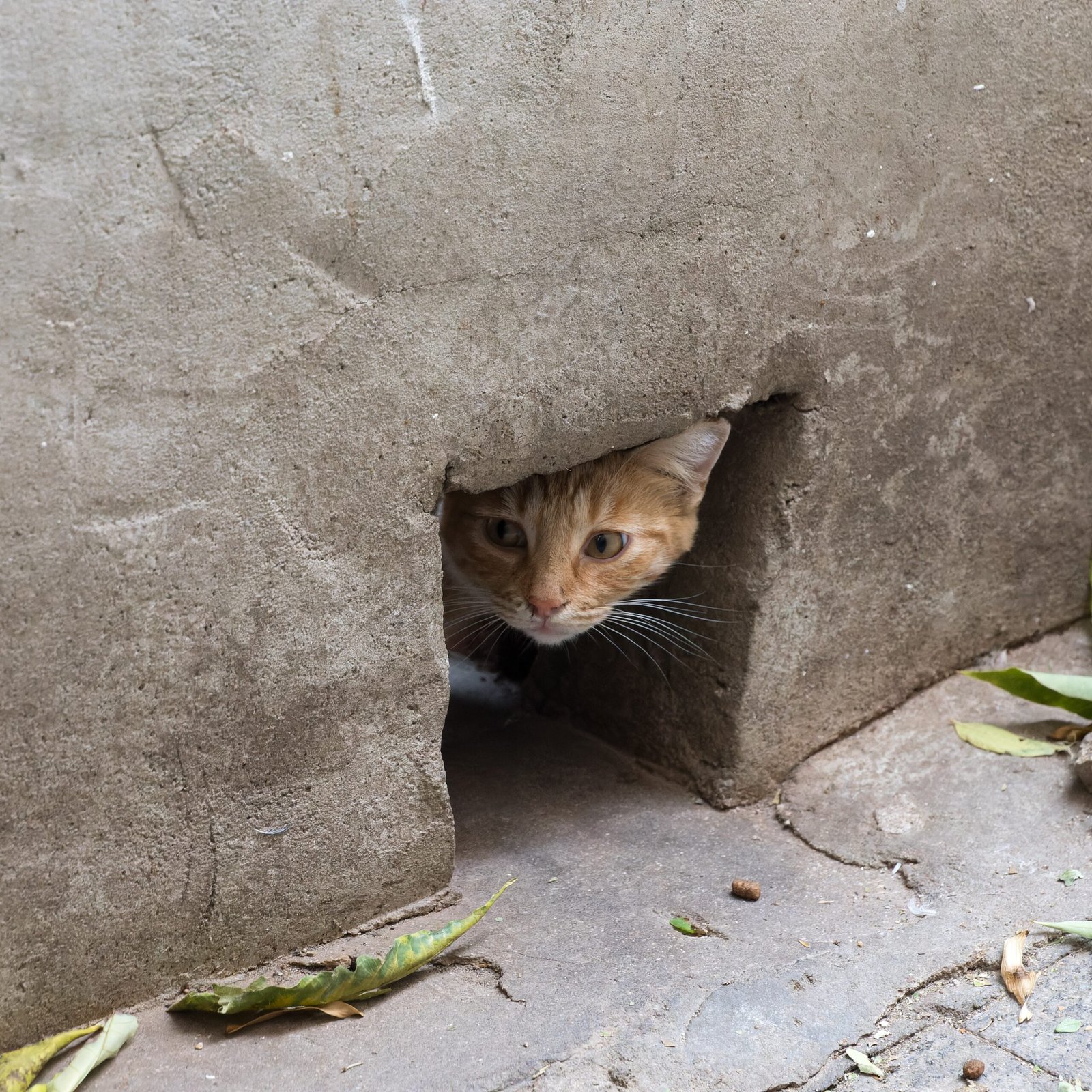
Not all cats are quick to trust, especially if they’re new to your home or still adjusting. Following you from a distance is a gentle way for them to get comfortable with your presence. It’s their method of saying, “I’m interested, but not quite ready to get too close.” This cautious engagement is especially common in shy or previously mistreated cats. Over time, as they realize you’re not a threat, they may begin to shorten that distance. It’s a gradual dance of trust—a slow waltz where every step forward is a sign of growing confidence in their new friend.
Keeping Tabs: A Feline’s Way of Checking In

Cats are masters of subtlety, and following you at a distance is their low-key way of checking in on your well-being. They might not jump into your lap or meow for attention, but they still want to know what you’re up to. This behavior says, “I care, but I’m going to play it cool.” It’s a bit like a friend who sits at the back of the room yet keeps a watchful eye on you. They’re invested in your actions, but on their own terms. So next time you catch your cat peeking around a corner, know that it’s their unique way of showing affection.
Protective Instincts: Watching Over Their Territory
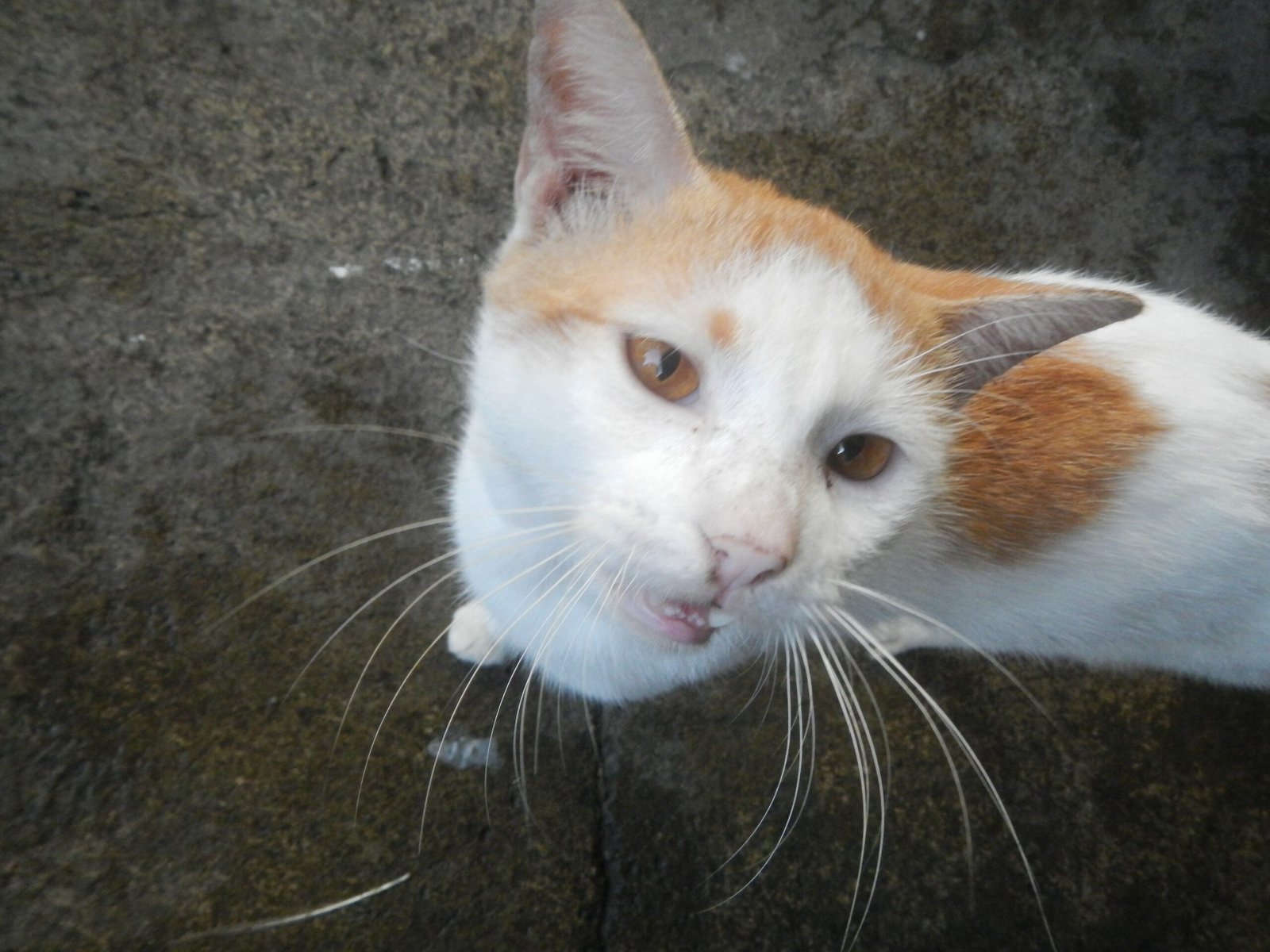
Cats are territorial creatures, and your presence is a big part of their world. When they follow you from a distance, they’re not just curious—they’re also keeping an eye on their domain. You moving around can signal changes in the environment, and they want to ensure everything remains safe and familiar. Just like a guard standing watch, your cat patrols their territory with you in the spotlight. It’s a silent partnership, where their distant following serves as a form of gentle guardianship.
The Comfort of Routine: Predictability Matters
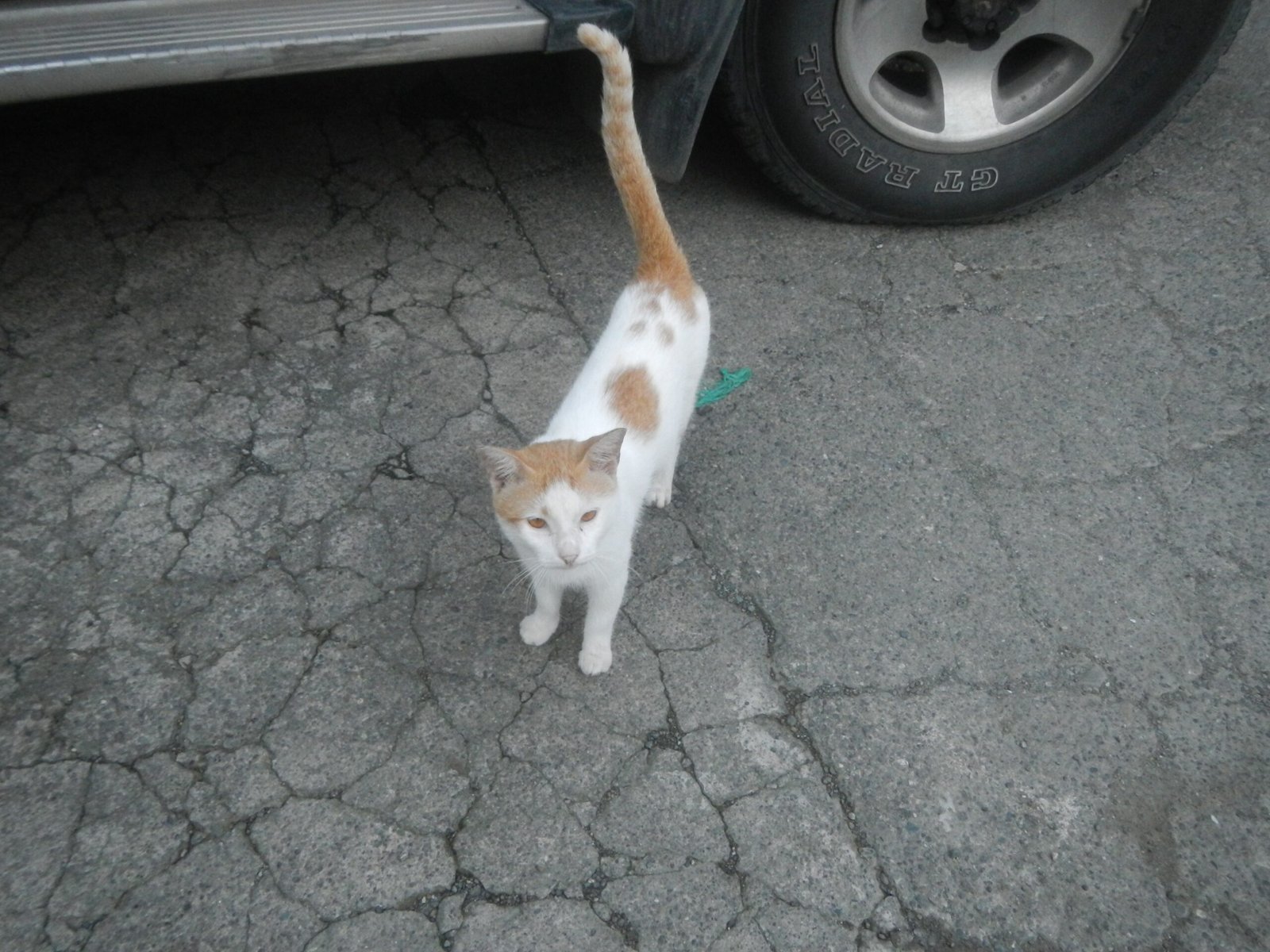
Cats thrive on routine and predictability. When you move from room to room, they want to know what’s coming next. Following you at a distance allows them to anticipate your actions without disrupting their own comfort zones. It’s as if they’re saying, “I want to be included, but I also need my space.” This behavior is especially common in multi-cat households, where personal boundaries are a big deal. By keeping a respectful distance, your cat can participate in your daily rituals without feeling overwhelmed.
Playfulness in Disguise: The Stalking Game

Have you ever noticed your cat suddenly pouncing after following you for a while? This distant trailing is often the prelude to a playful ambush. Cats love games that mimic hunting, and stalking you from afar is the perfect setup. You become the “prey,” and their quick dash or leap is the grand finale. This playful energy is a sign of a happy, healthy cat. It’s their way of inviting you to join in the fun—though you might need to be ready for a surprise attack on your ankles!
Shyness or Fear: Navigating Social Boundaries

Some cats are naturally reserved, preferring to observe rather than interact directly. If your cat was adopted from a shelter or had negative experiences in the past, distant following can be a sign of lingering fear or shyness. They want to be near you, but not too close. This behavior is their compromise—staying involved without risking vulnerability. Over time, with patience and gentle encouragement, these cats often grow braver and may eventually close the gap.
Bonding at Their Own Pace
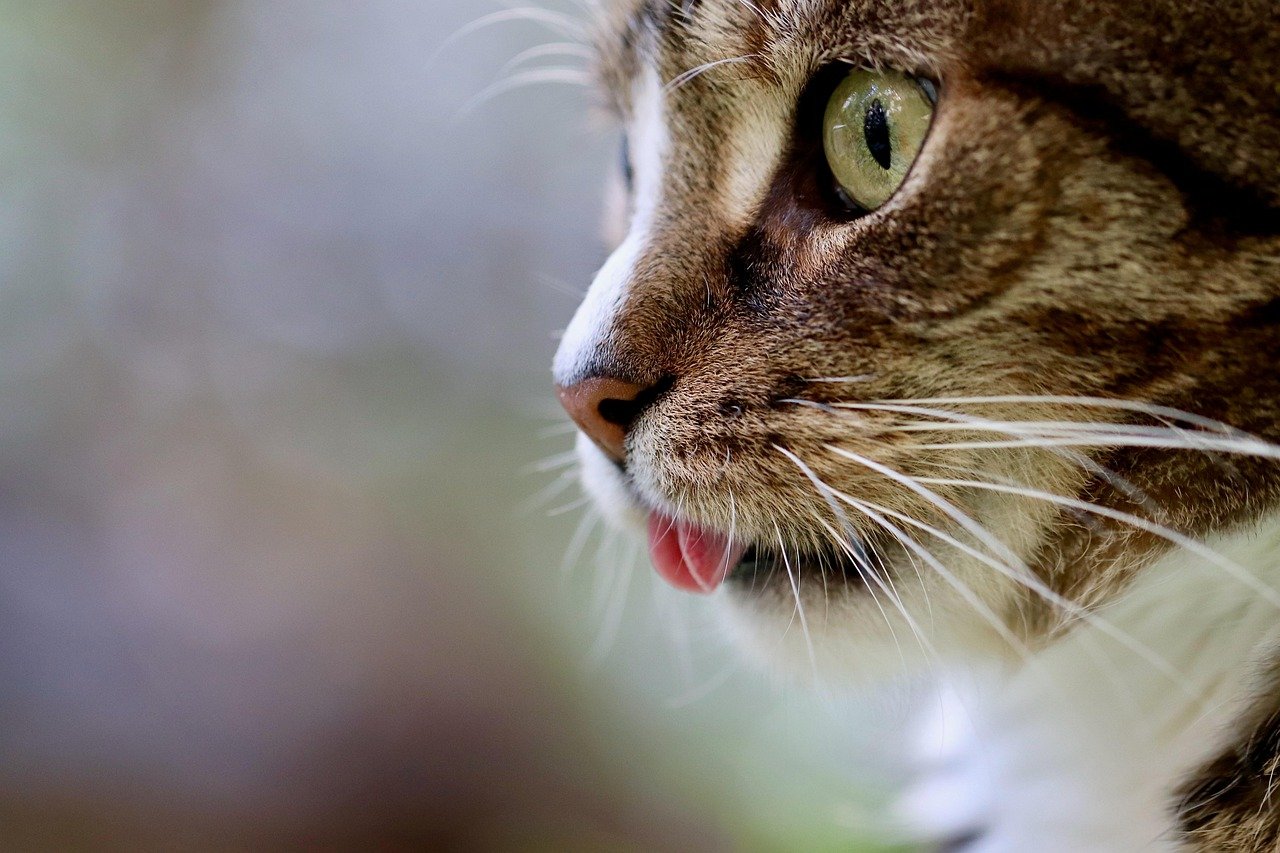
Every cat is unique, with their own comfort levels and personalities. Some cats bond quickly, while others need more time. Following you at a distance allows them to engage with you at a pace that feels safe. It’s their way of saying, “I want to be part of your world, but in my own way.” Respecting this pace strengthens your bond and builds a foundation of trust. Remember, in the feline universe, slow and steady often wins the race.
Seeking Attention—But Not Too Much
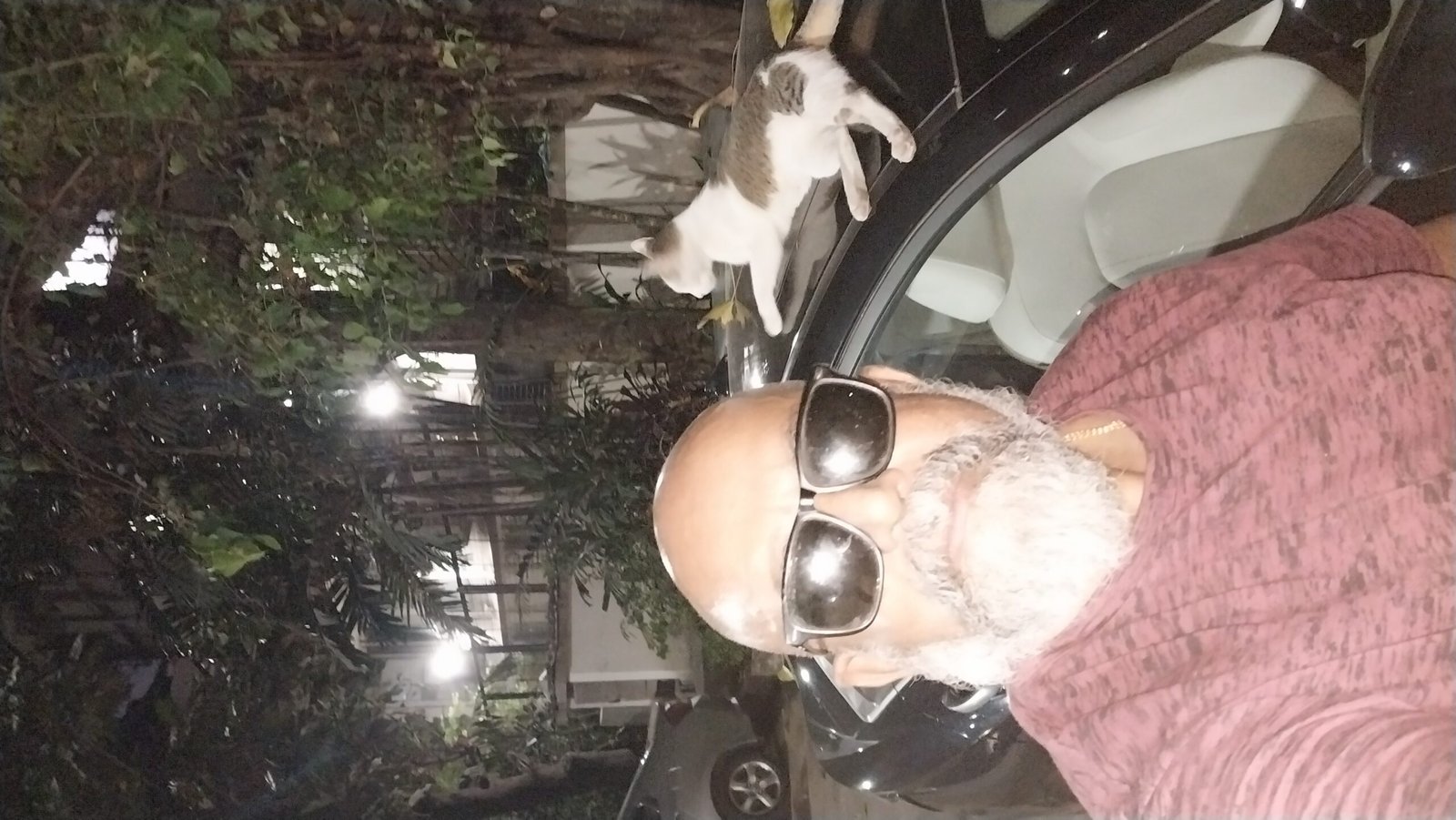
Cats are experts at balancing their need for attention and independence. When they follow you at a distance, they’re often signaling that they want interaction, just not in an overwhelming way. It’s like sending a subtle invitation: “I’m here, if you want to play or chat.” This gentle approach is especially common in older or more independent cats. They crave your company but prefer to keep things low-key.
Monitoring for Food Opportunities

Let’s be honest—cats are always on the lookout for snacks. If you’re heading toward the kitchen, your cat’s distant trailing might be fueled by the hope of a tasty treat. They’ll watch your every move, especially if you’ve ever rewarded them with food before. This behavior is practical: they want to be first in line if anything delicious comes their way. It’s a reminder that food is a powerful motivator, and your cat never misses a beat when it comes to mealtime.
Respecting Your Space: Boundaries Matter

Just as cats value their own personal space, they often try to respect yours. Following you at a distance is their way of staying connected without intruding. This respectful behavior is a sign of a cat that feels secure in the relationship. They’re content to let you have your space while still being present. It’s a delicate balance, and it shows a level of mutual understanding that’s truly special.
Observing for Changes: A Cat’s Detective Work

Cats are incredibly observant, always on the lookout for changes in their environment. If you suddenly start doing something out of the ordinary, your cat will notice. Following you at a distance allows them to investigate without putting themselves at risk. They’re like little detectives, piecing together clues about your behavior. This investigative spirit keeps them engaged and mentally stimulated.
Communicating Without Words

Unlike dogs, cats don’t always use direct gestures to communicate. Following you at a distance is a subtle form of communication. They’re telling you, in their own way, that they’re interested, comfortable, and connected. By paying attention to this behavior, you can learn a lot about your cat’s mood and needs. Sometimes, the quietest actions speak the loudest.
Stress or Anxiety: Understanding Emotional Cues
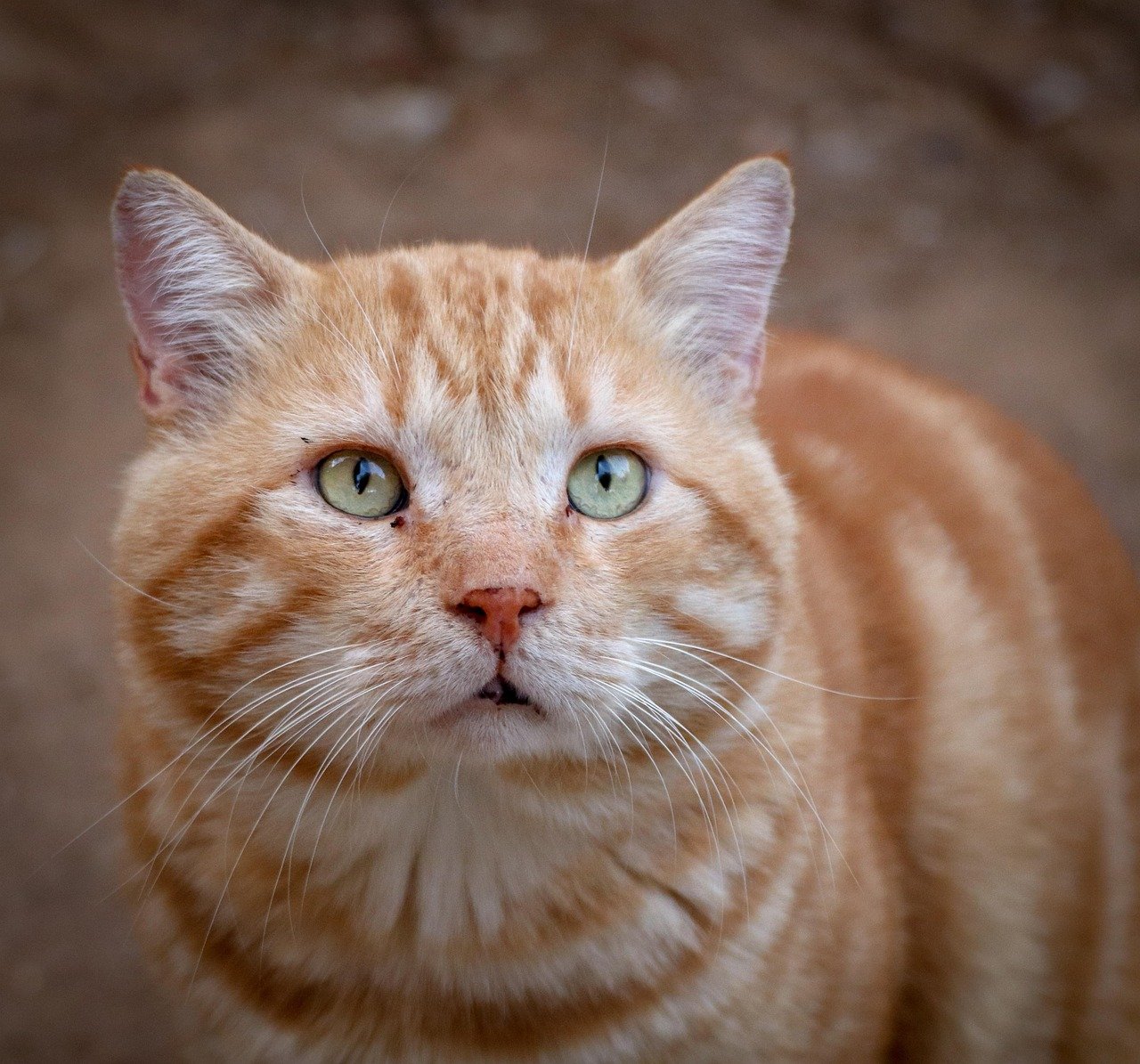
Sometimes, a cat’s distant following can signal stress or anxiety. Maybe there’s been a change in the household, like a new pet or visitor. Your cat may trail you to seek reassurance, but keep their distance because they’re feeling uneasy. Recognizing this behavior helps you address their emotional needs. Offer comforting words and gentle attention to help them feel safe and secure once again.
Shadowing Out of Habit
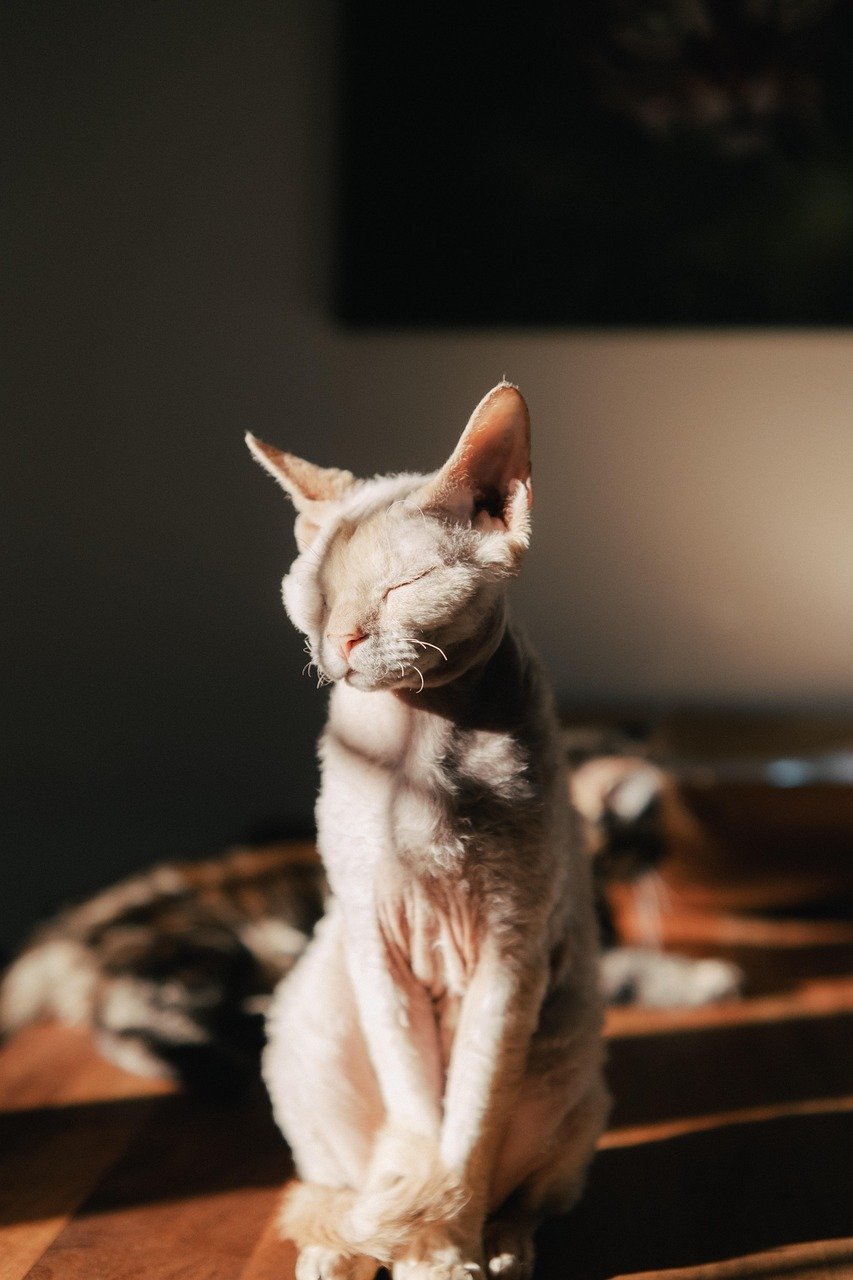
Cats are creatures of habit. If they’ve gotten used to following you, even at a distance, it can become a routine. This regular shadowing is comforting for them, and it brings a sense of order to their day. They know what to expect, and you become a predictable part of their environment. It’s a sweet reminder of how much you mean to them, even if they don’t always show it up close.
Learning From You: Imitation and Observation
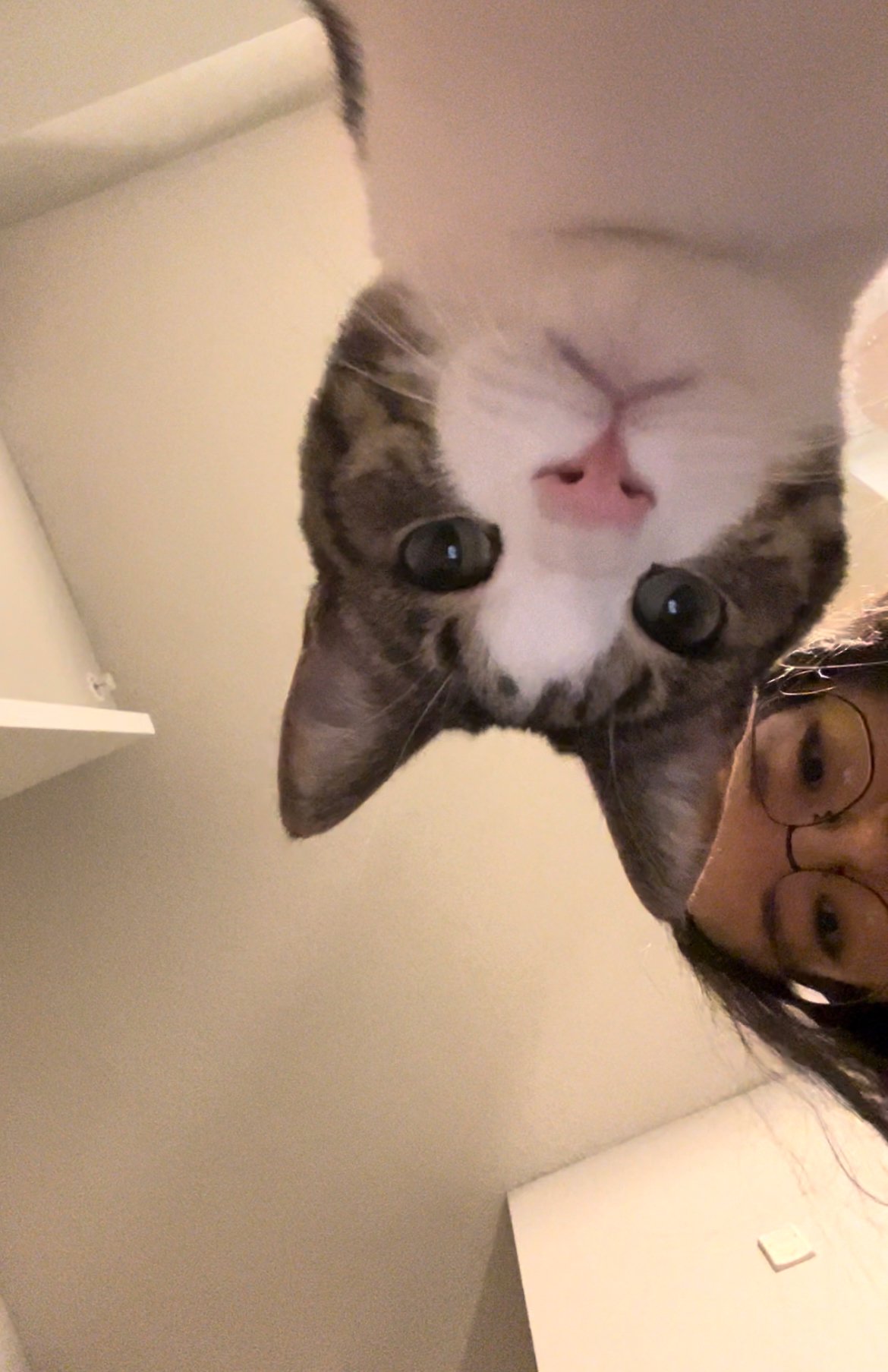
Believe it or not, cats often learn by watching their humans. If you’ve ever noticed your cat mimicking your actions—like sitting in the same spot or investigating where you’ve been—it’s because they’re paying close attention. Following you at a distance allows them to observe and learn without feeling pressured. It’s another way they stay connected and pick up on your routines.
Sign of Affection: Love from Afar
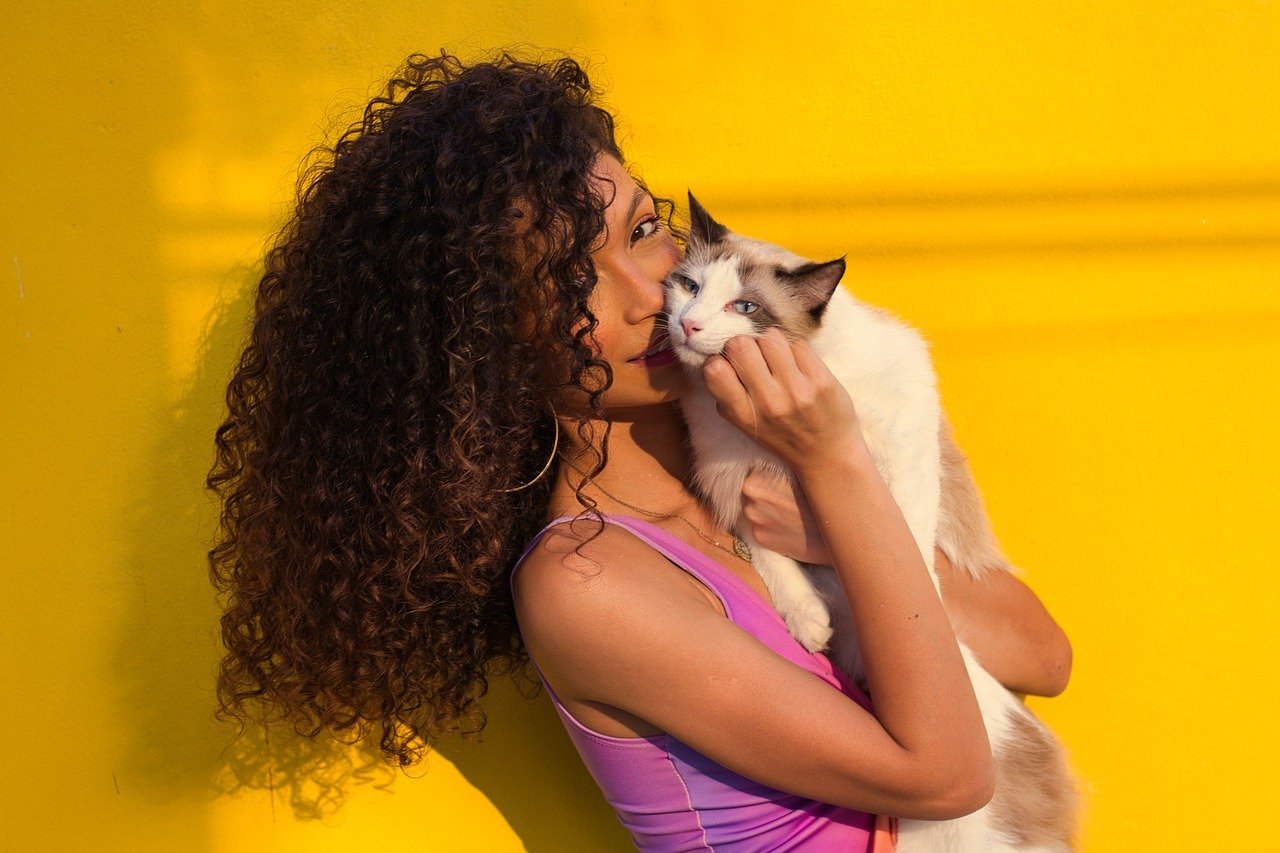
Some cats express their love in subtle ways. Distant following can be a sign of affection, even if it’s not as obvious as cuddles or purrs. They want to be near you, sharing space in a way that feels comfortable for them. This quiet companionship is deeply meaningful, showing that your bond is strong, even in silence. It’s a gentle reminder that love doesn’t always need to be loud.
Health-Related Reasons: When to Pay Attention
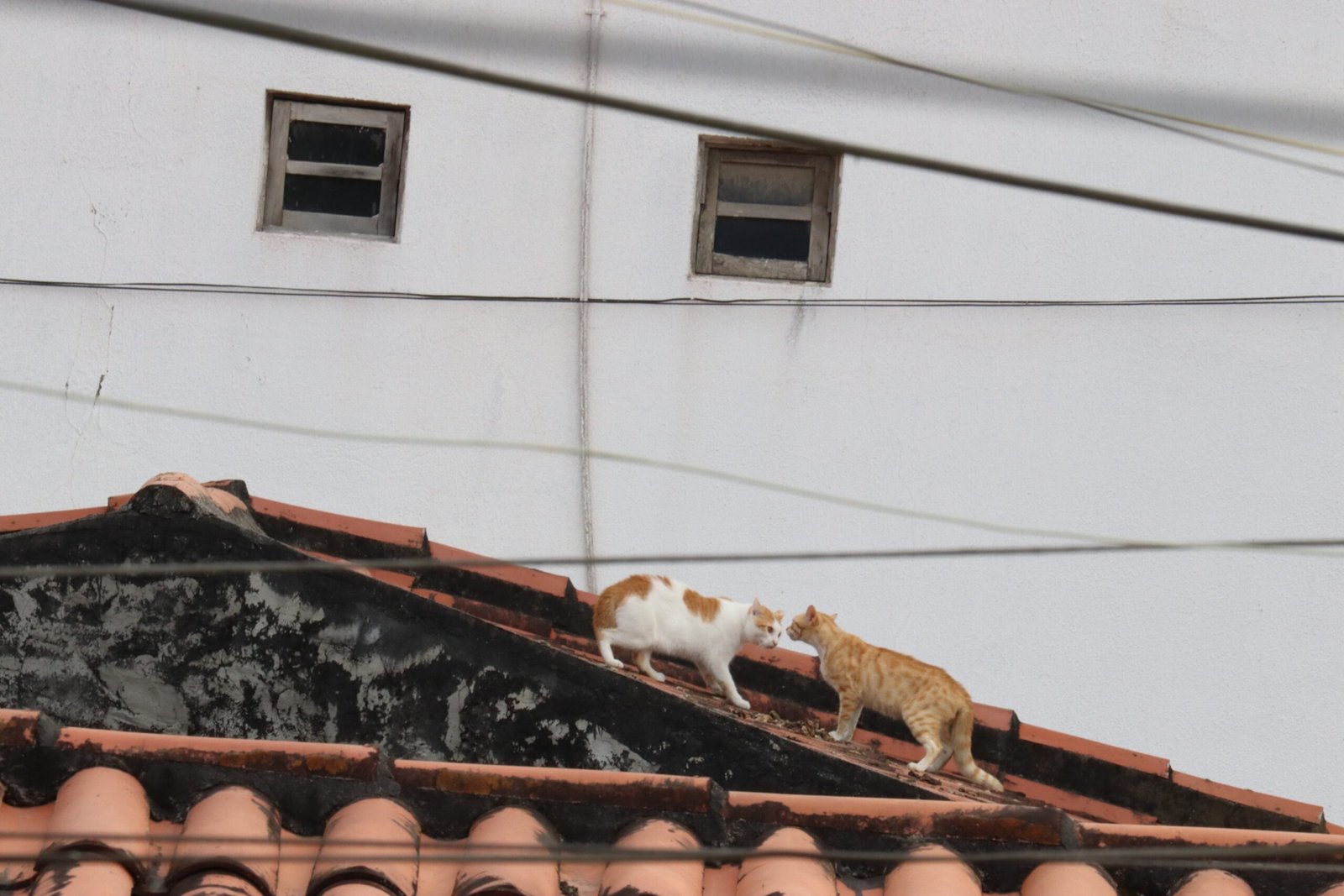
Occasionally, a change in your cat’s following behavior can signal health issues. If your cat suddenly becomes more distant or starts shadowing you more than usual, it’s worth taking note. These changes can be signs of discomfort, pain, or illness. Always observe for other symptoms and consult your vet if you’re concerned. Your cat’s behavior is one of the best clues to their well-being.
Seasonal and Environmental Changes
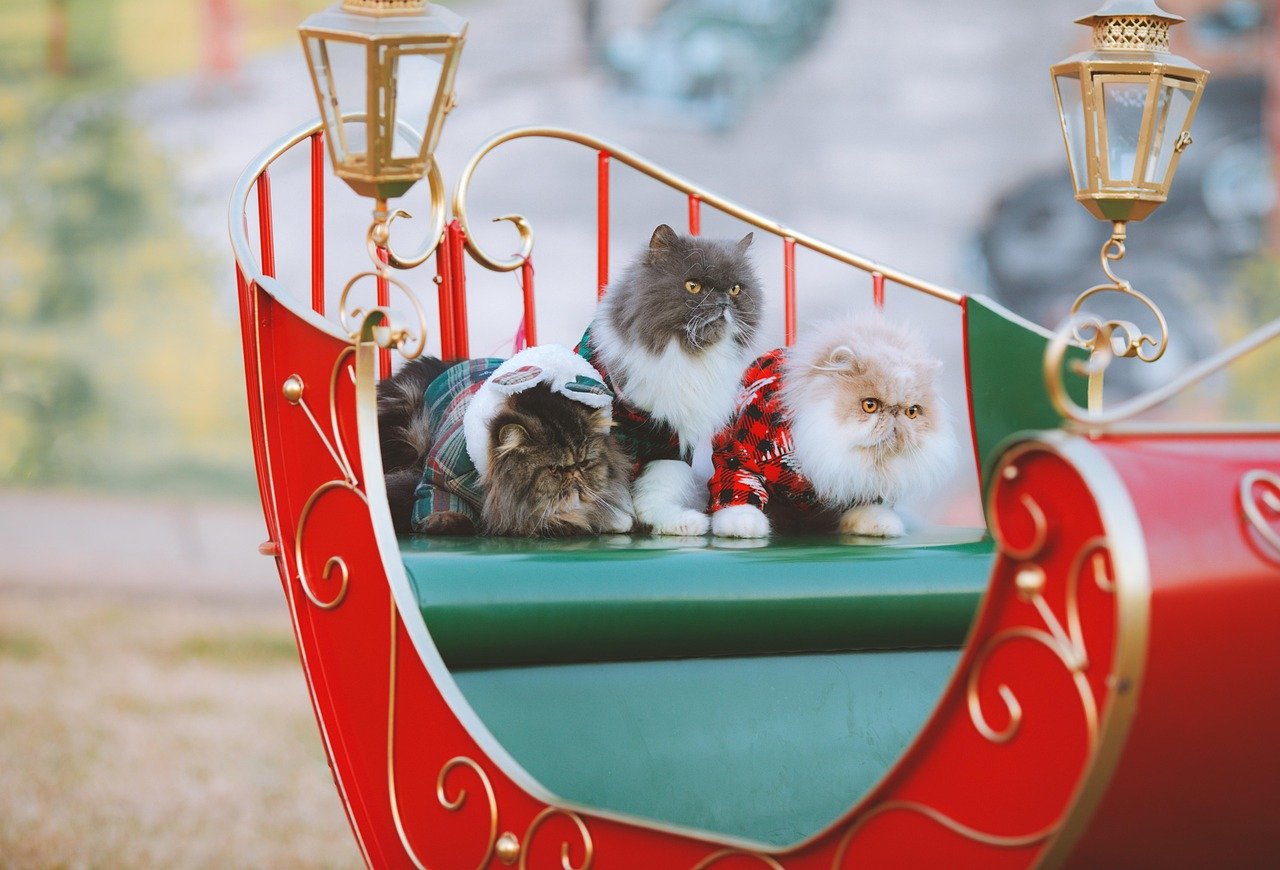
Cats are sensitive to changes in their environment, including shifts in weather or household routines. During colder months, they might follow you to rooms that are warmer or cozier. Seasonal changes can also affect their mood and behavior, making them seek your company more or less often. Understanding these patterns helps you create a more comfortable home for your feline friend.
A Silent Bond: The Unspoken Connection

There’s something magical about the quiet bond between a cat and their person. When your cat follows you at a distance, it’s a testament to this unique connection. It’s not loud or showy, but it’s deeply felt. Every glance, every quiet footstep, is a reminder that you’re never truly alone. Cats have their own language of love, and sometimes, all it takes is a little distance to make the heart grow fonder.
Hi, I’m Bola, a passionate writer and creative strategist with a knack for crafting compelling content that educates, inspires, and connects. Over the years, I’ve honed my skills across various writing fields, including content creation, copywriting, online course development, and video scriptwriting.
When I’m not at my desk, you’ll find me exploring new ideas, reading books, or brainstorming creative ways to solve challenges. I believe that words have the power to transform, and I’m here to help you leverage that power for success.
Thanks for stopping by, Keep coming to this website to checkout new articles form me. You’d always love it!






